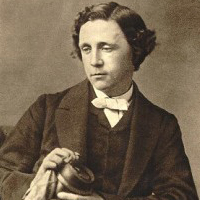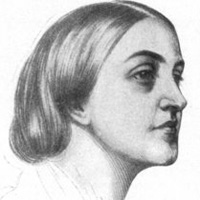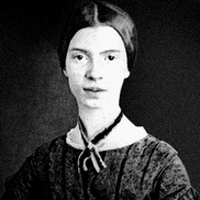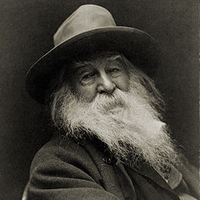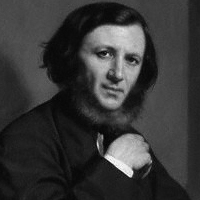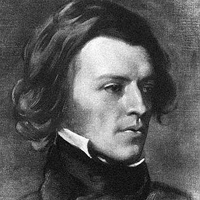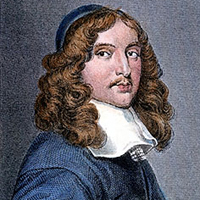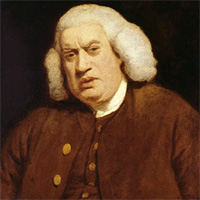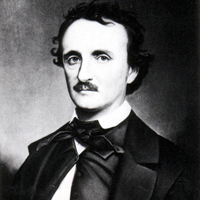Jabberwocky by Lewis Carroll: Summary and Analysis
Jabberwocky is regarded as one of the greatest English nonsense piece of literary work written by Lewis Carroll. Many portmanteau words, which mean two words are joined to make one, are used by the poet such as vorpal, Jubjub, mimsy, borogoves, tumtum etc.
